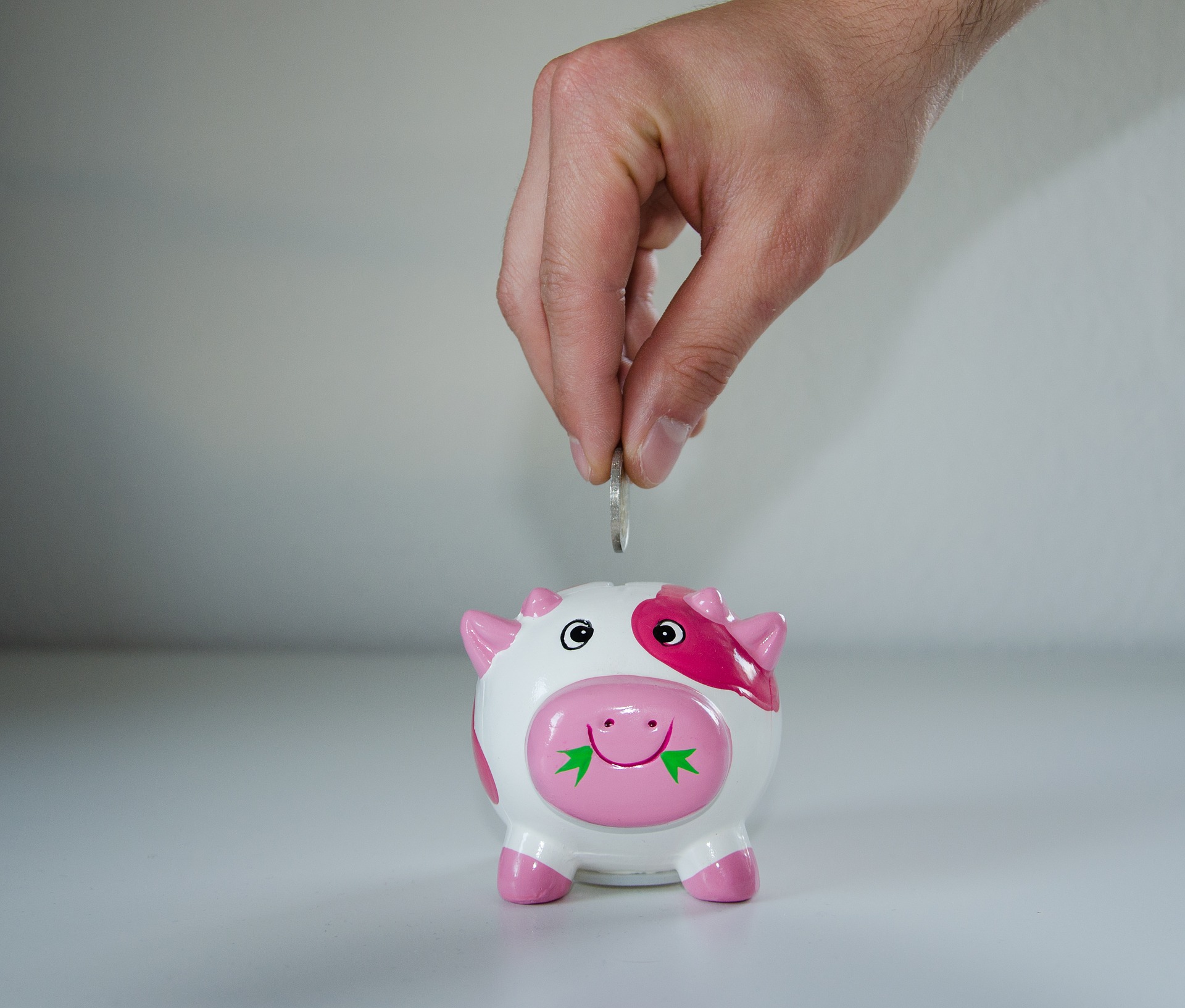
12 Jul What higher interest rates mean for CDs
Photo: pixabay.comQ. I’ve seen some better interest rates on CDs, but I’m not sure how safe it is to take a longer term one. I have been using 6-month and one-year ones only. What do you think?
— Investor
A. Interest rates on Certificates of Deposit have certainly become more attractive recently.
Here’s what you should know to analyze your best strategy.
Bank deposit rates are typically linked to the federal funds rate, which is the rate that banks charge each other for overnight loans of funds, said Charles Pawlik, a certified financial planner and chartered financial analyst with Beacon Trust in Morristown.
“As the Fed has raised the fed funds rate, interest rates on bank deposits such as CDs, money market, savings and checking accounts have also increased,” he said. “These types of vehicles/accounts are safe from the standpoint that depositors receive FDIC coverage on these deposits of up to $250,000 per depositor, per insured bank, for each account ownership category, in the event that the bank fails.”
The risk involved with CDs in the current rising interest rate environment is the inability to participate in the upward movement of interest rates while funds are invested in a fixed-rate CD, Pawlik said.
The Fed has raised rates twice so far this year, by 0.25 percent in March, and another 0.25 percent in June, bringing the current fed funds rate to 2.0 percent, Pawlik said.
“Expectations are for at least one more 0.25 percent rate hike this year, with two more 0.25 percent rate hikes before year-end not unlikely,” he said. “The Fed is expected to continue to raise rates over the next few years, gradually bringing the fed funds rate to the 3.4 percent level by 2020.”
Given the expectation for continued increases in rates over the next few years, it would make sense to continue to use shorter-term CDs, Pawlik said.
“This will allow you to roll your funds over into a higher interest CD without too much lag time after interest rates are increased, and without the significant penalties that are associated with the early redemption of a CD,” he said. “Penalties can be six months of interest or more for longer-dated CDs.”
If you do want to purchase some longer-maturity CDs, you may want to consider building a “CD ladder.”
This strategy involves the purchase of multiple CDs in increasing maturities, which diversifies your exposure between shorter-term and longer-term CDs.
“This would allow you to take advantage of the higher rates associated with longer maturity CDs with a portion of your cash balance, as well as have the opportunity to reinvest funds that have matured from shorter-term CDs at higher rates as interest rates rise,” Pawlik said.
Another option would be to consider using a high-yield savings or money market account for the time-being.
Although the interest rates on these accounts are typically not as high as what you may earn on a CD, some of these accounts provide interest rates that aren’t too far off, Pawlik said.
“These accounts are also FDIC-insured, but typically participate in the upward movement of interest rates when they occur, and don’t come with the early redemption penalties associated with CDs,” he said.
He recommends shopping around for the best rates because offerings can vary significantly from bank to bank.
Also make sure to consider your cash needs in the short-intermediate term, and what level of flexibility you might need to withdraw funds – just so you’re prepared.
Email your questions to .

